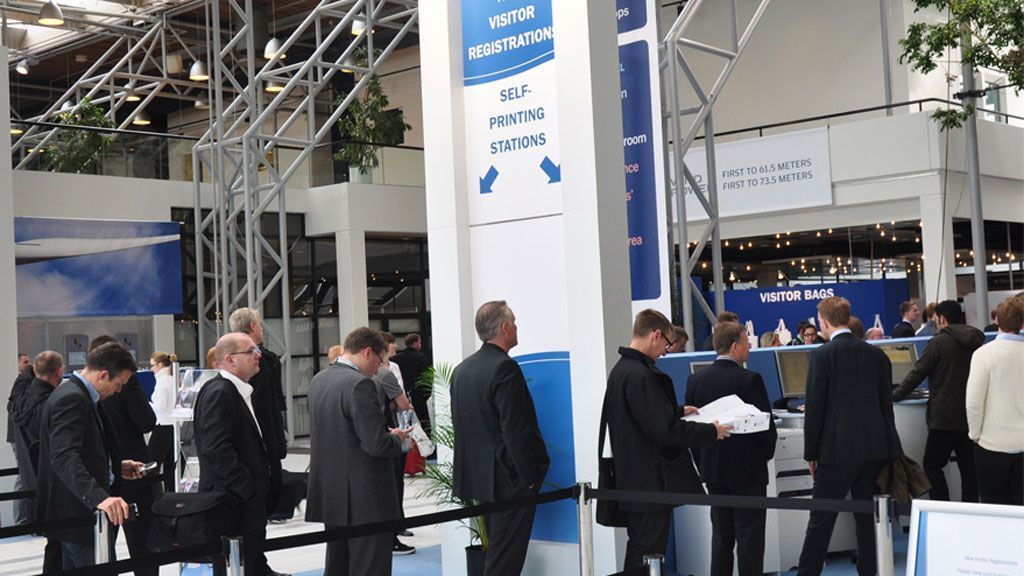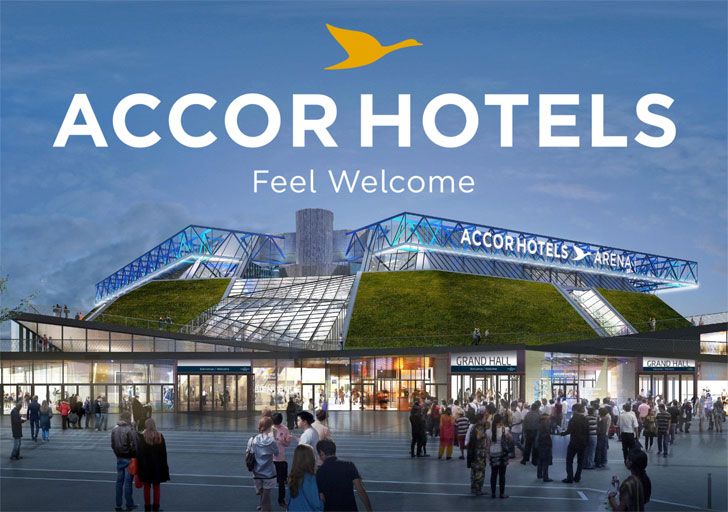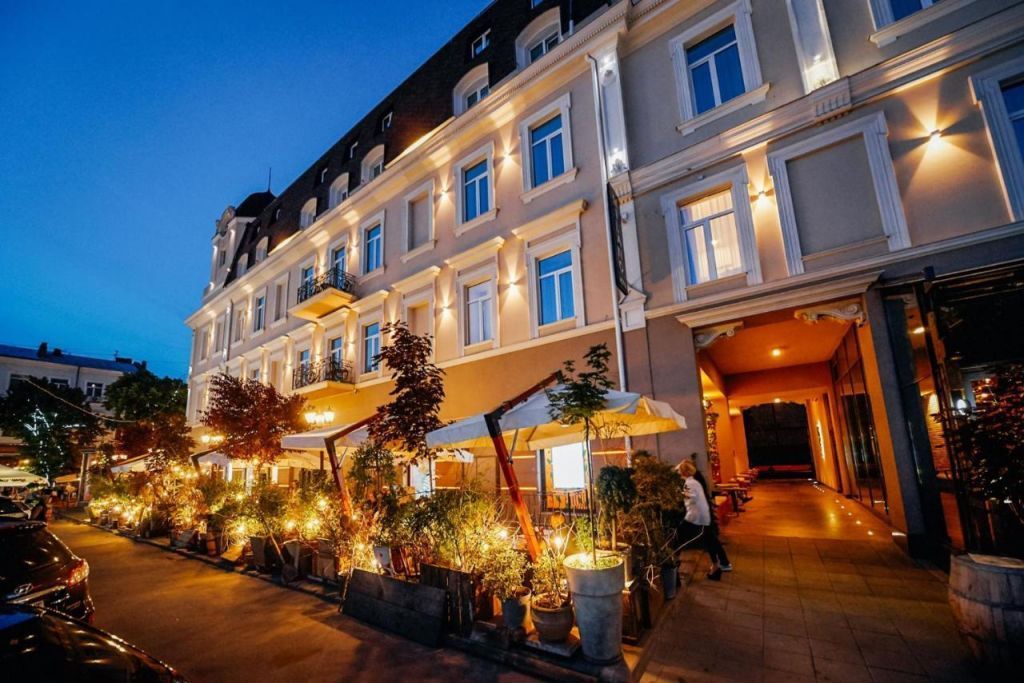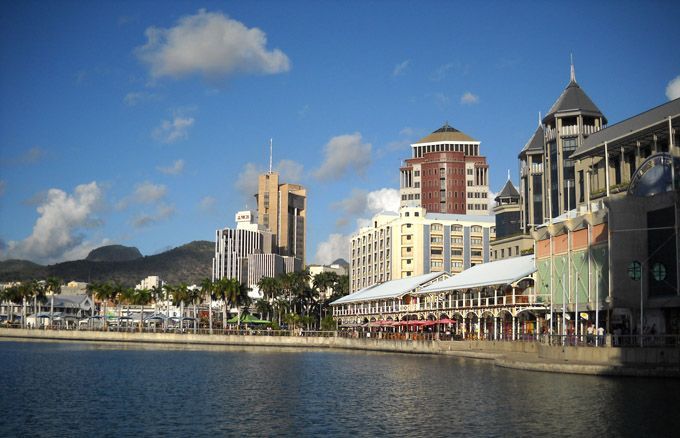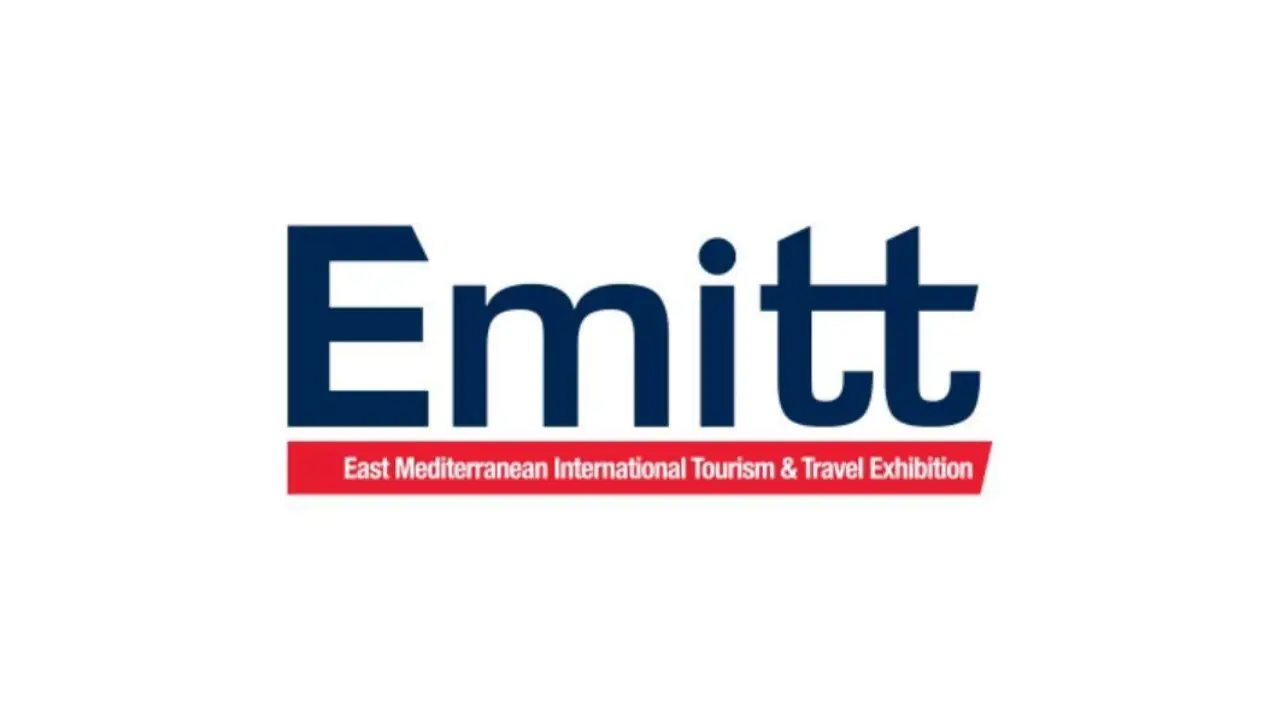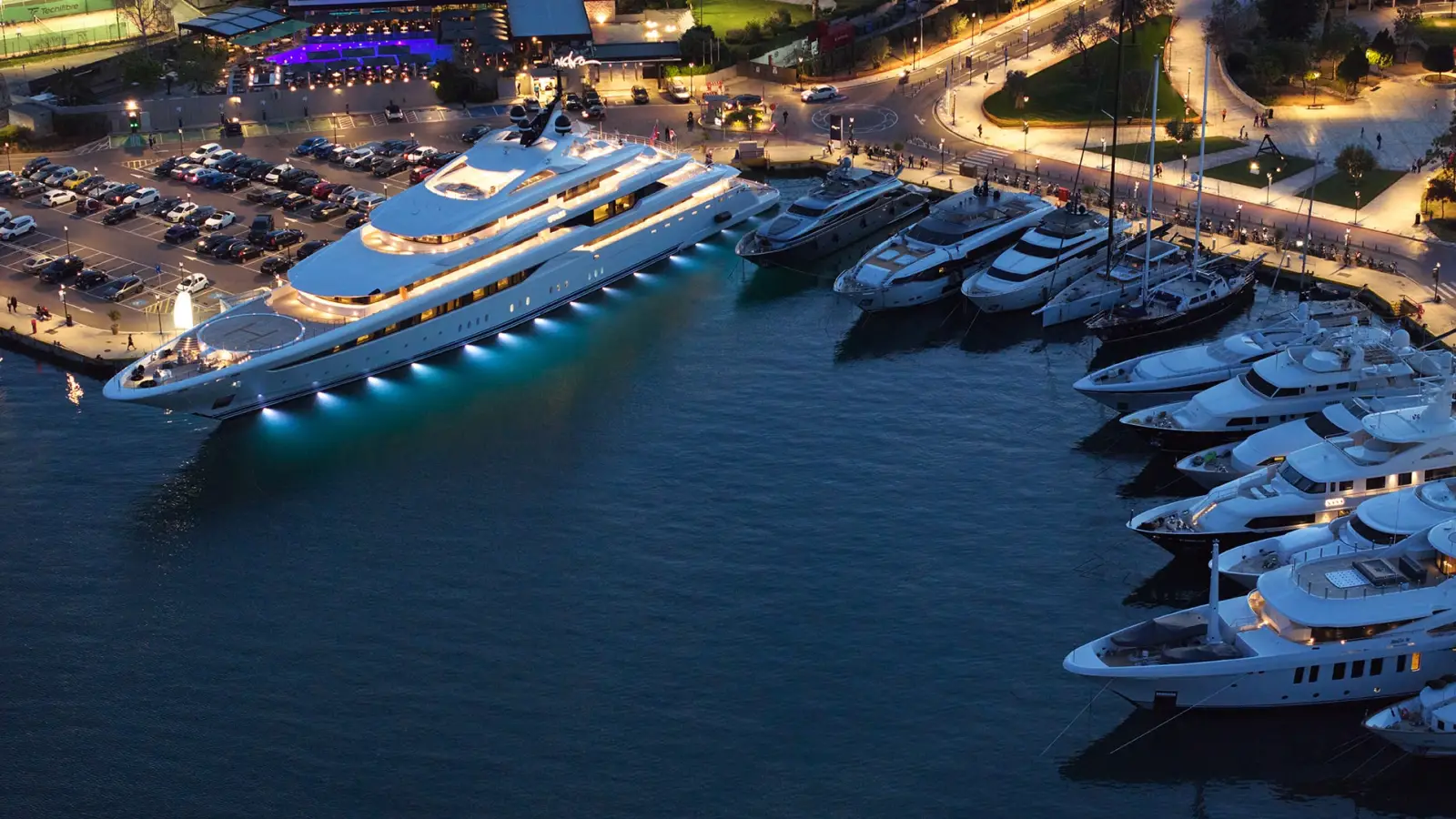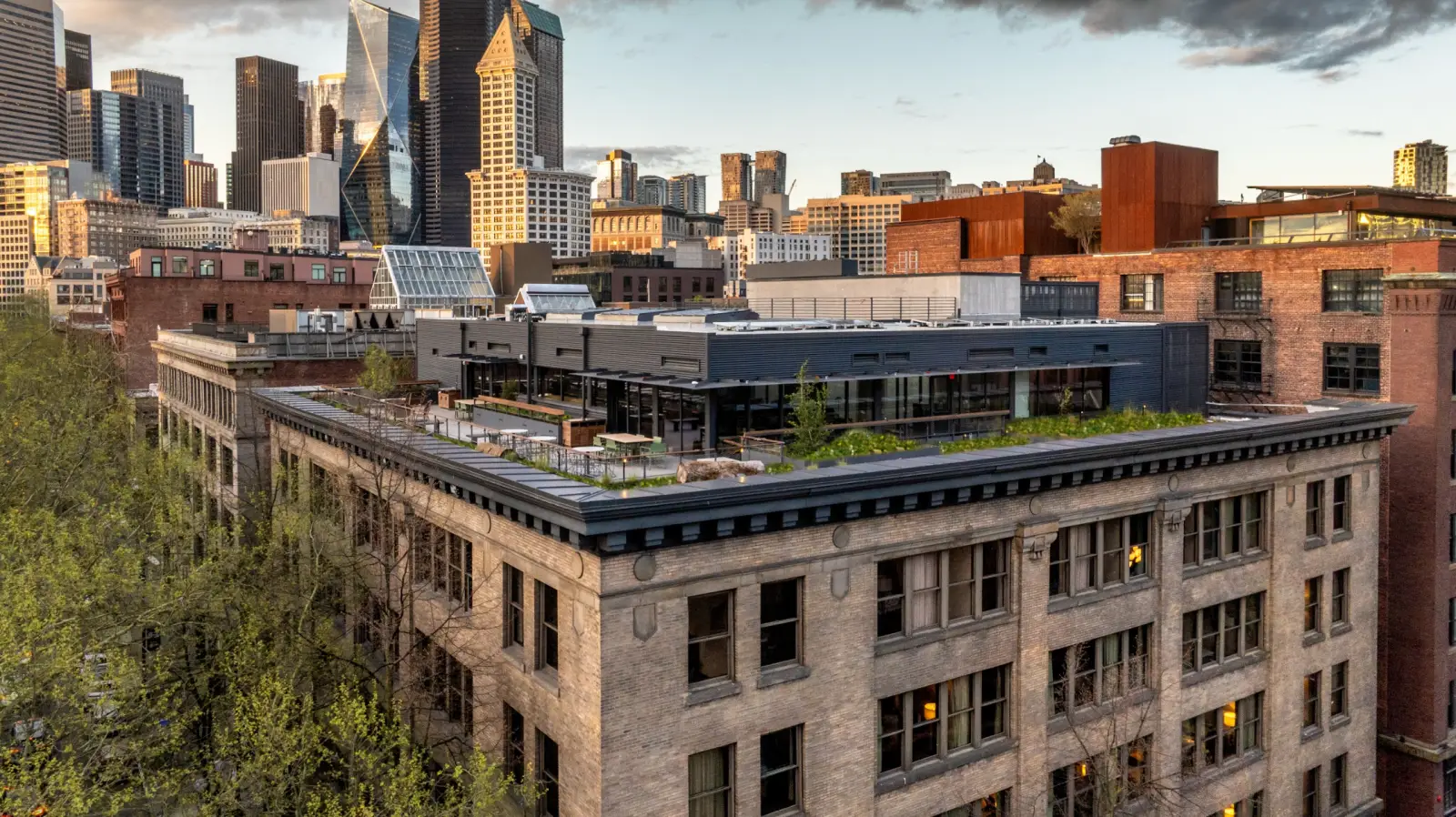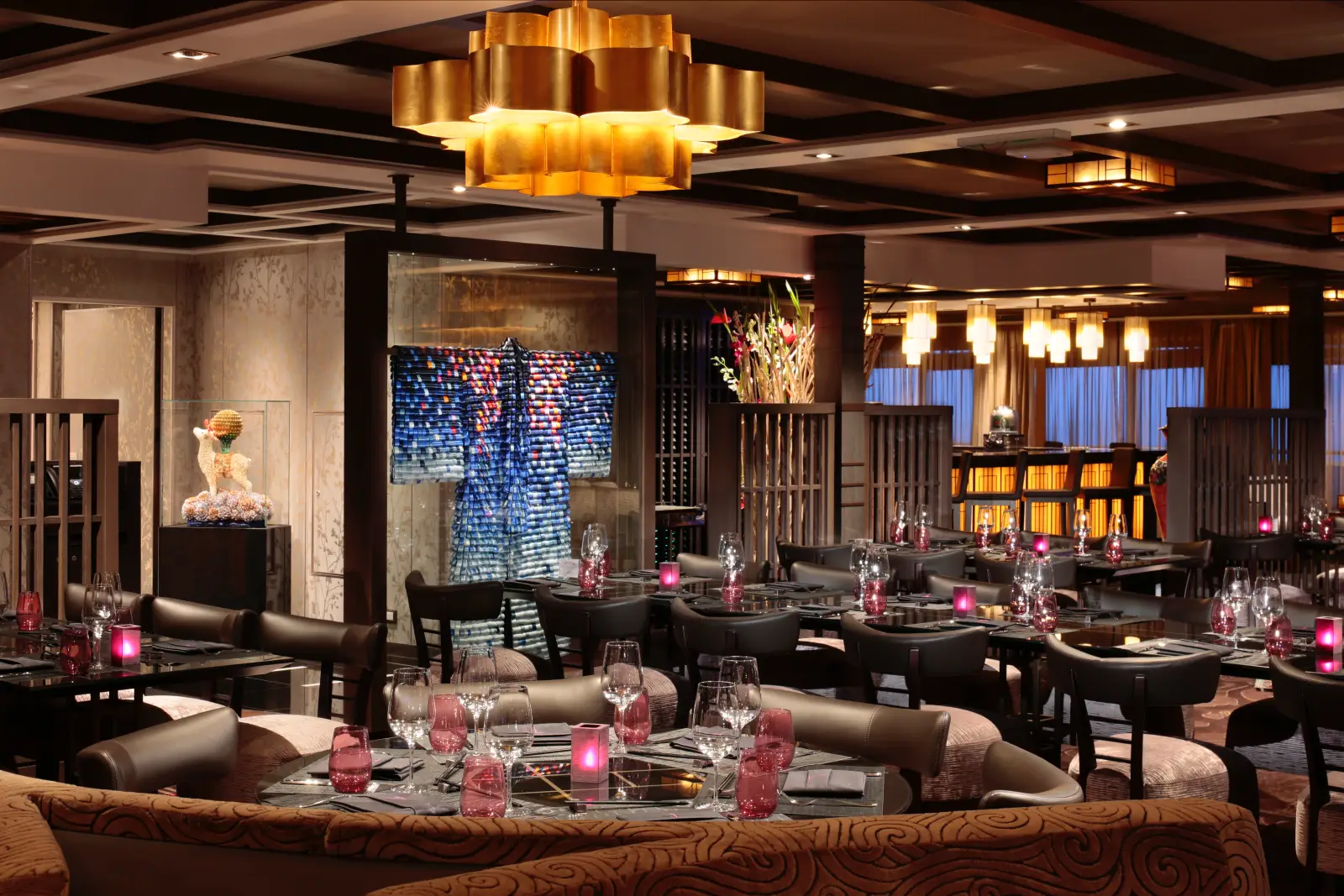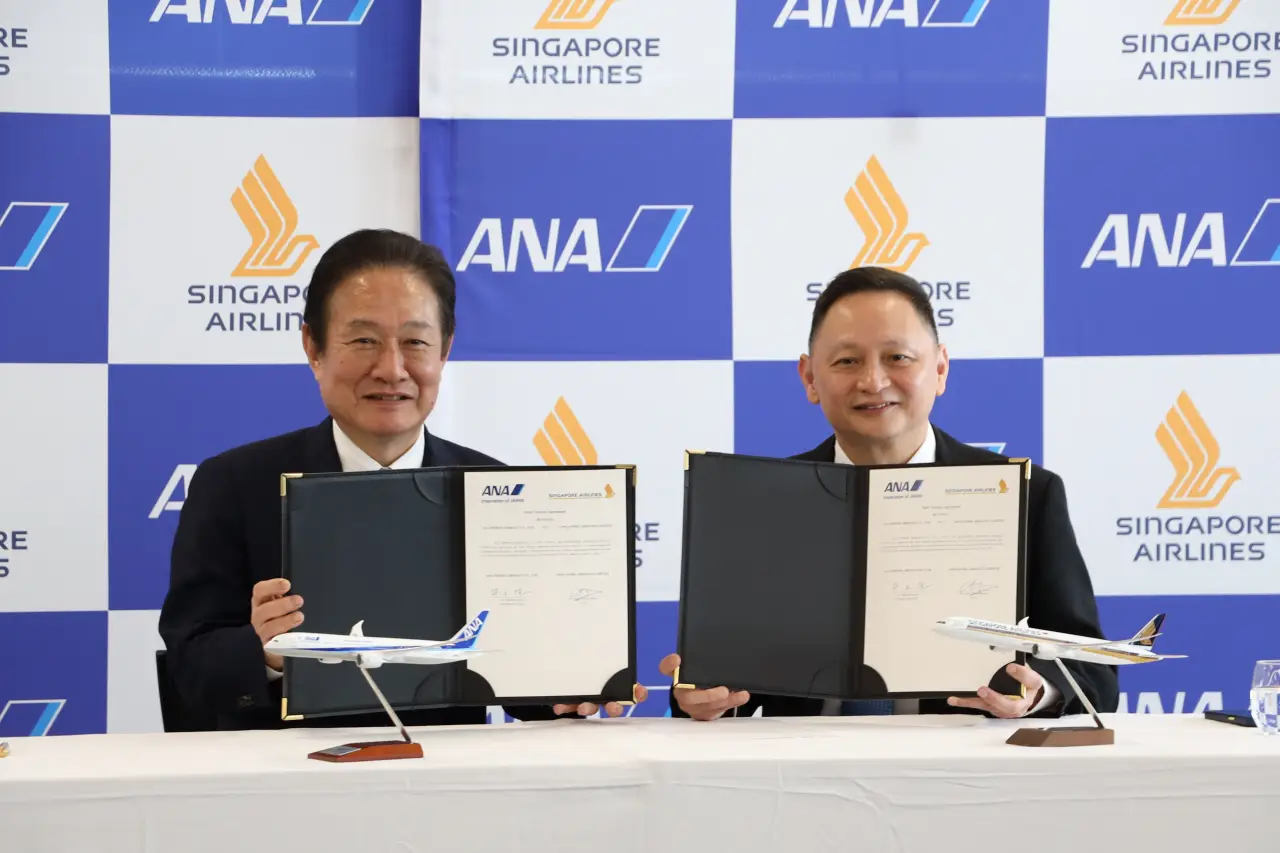A new study by MeetDenmark reveals that while most associations and destinations are focused on improving meeting legacies, they have differing views of just what legacy is and how to go about achieving it.
In 2018, the alliance of Danish convention bureaus engaged industry consultancy GainingEdge to conduct a study of global approaches and best practices in “outreach” – the process by which bureaus and local host organisations seek to build collaboration between associations and local stakeholders so that both can leverage more impactful meeting outcomes and legacies.
The study offers four high-level findings:
- There are no consistent practices in how associations or destinations approach the issue of legacy
- Association approaches are more pro-active, but ad hoc
- Destinations tend to be mostly re-active
- There is limited ongoing measurement
“Our goal is to build a new world-leading model for outreach, and we wanted to get a clear focus on the state of the art and how we could take that further. What we learned is interesting, the whole issue of meeting legacies and how they are secured is much less developed and shows far less consistency than we anticipated,” Bettina Reventlow-Mourier says.
Reventlow-Mourier says that part of the challenge is that associations and destination promoters tend to have very different mindsets when it comes to legacy.

Ad hoc approaches
While the study suggests that associations are much more pro-active in relation to outreach, it also shows that this pro-action takes a “myriad” of approaches and is most often ad hoc – they have legacy goals, but their efforts to affect outcomes are changing and evolving. At the same time, the study characterises the approach by convention bureaus and destinations as ‘embryonic’.
Allan Tambo Christiansen, Head of Conventions for VisitAarhus said, that the study shows that bureaus are more likely to see outreach and legacy as something that is driven by associations.
“It seems bureaus are mostly thinking of outreach when the association initiates the conversation. The report suggests that most bureaus are not really focused on having that discussion with incoming associations, and are still primarily fixated on tourism related impacts. As long as the focus is on tourism, then there is a disconnect between associations and bureaus on outreach, because tourism has nothing to do with meeting legacies unless the subject of the meeting is tourism,” he says.
The study points to only one strong, consistent connection between associations and destinations in relation to outreach and legacy. And, it affirms what most people in the industry probably knew or suspected; “There is not a lot of measurement happening,” Christiansen says.
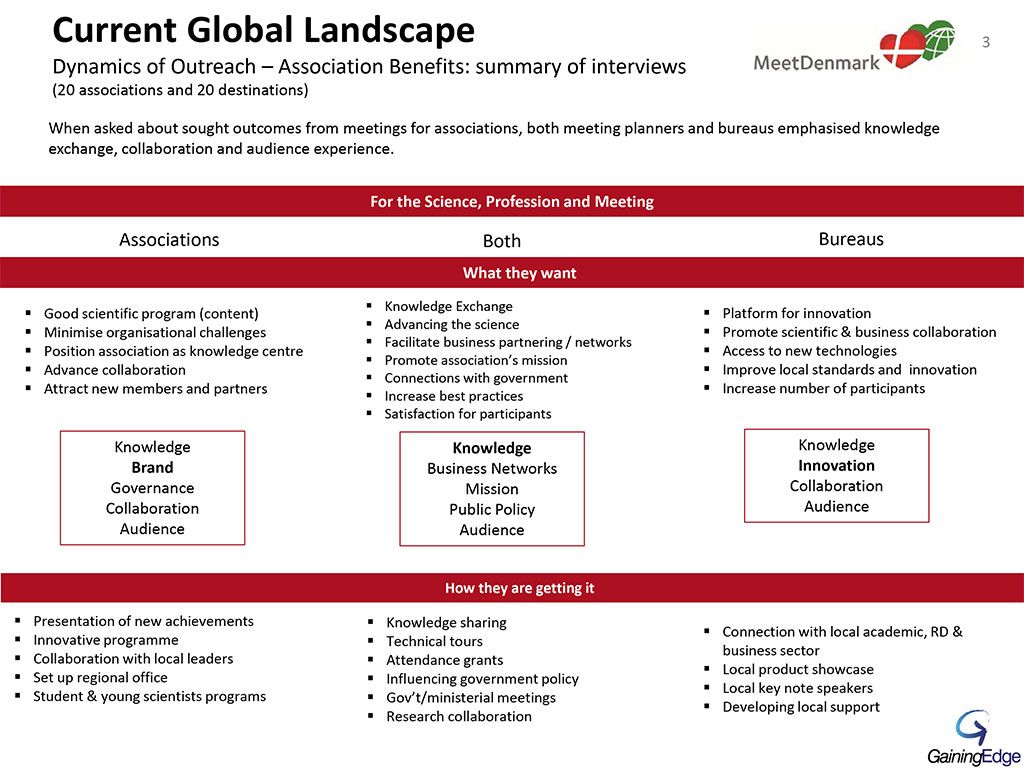
Impacts vs. legacies
In 2018, the alliance of Danish convention bureaus engaged industry consultancy GainingEdge to conduct the study.
GainingEdge CEO, Gary Grimmer says that the study is showing that the industry has a long way to go in developing stronger legacies from meetings:
“One thing we are finding is that there is a bit of confusion out there about the differences between meeting impacts and meeting legacies. To me, that understanding is really fundamental to future success in achieving bigger and longer lasting impacts.”
Grimmer says that meeting impacts were more immediate outcomes that could be identified soon after a meeting is over, while legacies are the longer-term lasting benefits that may derive from those impacts. He says that meetings impacts could be legacy drivers, but were not legacies themselves.
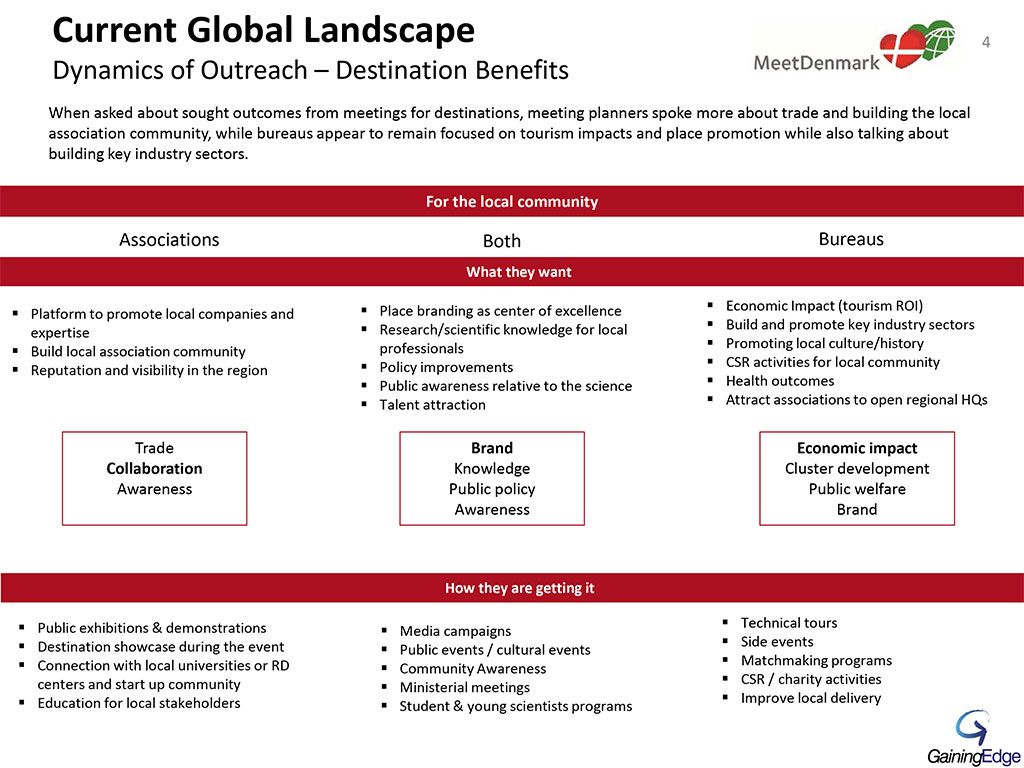
“Knowledge exchange is a meetings impact, but you have to look at what people actually accomplish with that knowledge to determine if there is a legacy. For instance, if a convention helps convince local officials to improve a policy, that’s a meeting impact not a legacy. If a meeting helps people form research links or new business relationships, that’s an impact not a legacy. The legacy is more about the effects of the policy change over time or the longer-term results that come out of new business and professional relationships,” Gary Grimmer says.
The Outreach Study involved desk research on 50 international associations and 50 destinations as well as interviews with 20 from each of the two groups.
To learn more about the study and how Denmark is working to take meeting legacies to a whole new level, please visit the Danish stand at IMEX in Frankfurt (May the 22nd 2019 at 10.30 AM).

